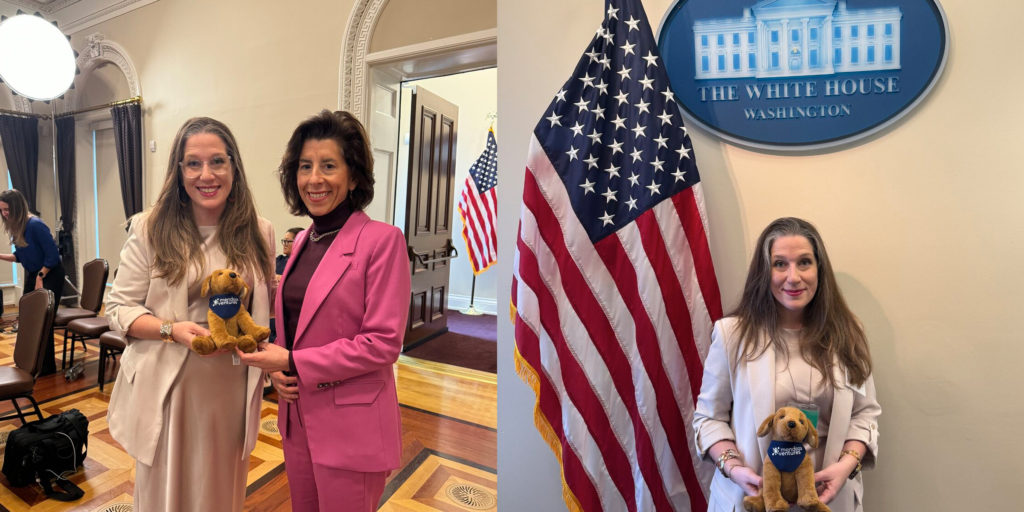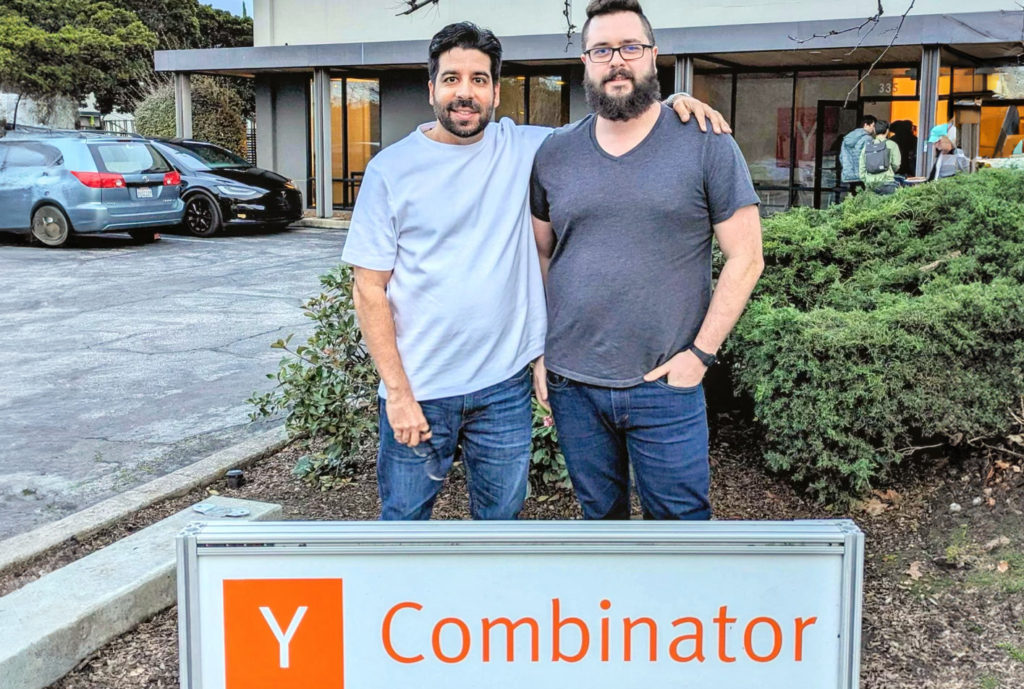Warning: Building innovation is difficult, it is not for the faint of heart, it is not going to be easy, and it will not earn you any friends. Innovation may or may not be a good choice for you and your company, but if you are going to try to innovate, you need to know how to make that shift.
When you look at how startups do this in real life, it does not look anything like what you read in magazines or see on television shows. The reality is that startups work 80 hour weeks and spend millions of dollars to make an idea happen with a chance of no return on that investment. Startup founders risk their health, relationships, their professional reputations, and their personal lives at a chance of striking it big. Innovation is not comfortable, and it is not easy. Are you ready for that?
Here is how to build innovation in 4 steps:
Step 1: Remove the “Lab” from your innovation strategy
Remove any concept you have of building an innovation lab at your company, remove this buzzword from your lexicon, delete any mention of this “Lab” your company’s innovation strategy and mission. Your innovation strategy is not about creating a small pocket of innovation, change is not something that can happen to an institution in the corner, over there, or on the fifth floor. It needs to be a large transformational shift to your entire organization – innovation is a priority and must be the “one” mission of the entire company now (i.e. The new company mission should be “We build innovative products for the X market”).
Step 2: Create a culture of innovation
The next important step is to build a “culture of innovation”. This means that everyone at the company must accept the mission of innovation as essential to the growth and livelihood of the company – from the CEO and stockholders at the top to the business analyst at the bottom. Acceptance and advocacy for the new Innovation mission must come from a top down and bottom up approach to get full acceptance; there is no room for a fuzzy grey area, its just black and white.
“Everyone innovates or no one innovates at all”
Employees must also be given the opportunity and ability to try and fail without the consequence of being penalized for failure and without repercussions (i.e. let them not be afraid to lose their job). They must also have the right tools, budgets, and external advisors to help them try new approaches, experiment with new products, or to try new organization techniques where they can experiment with innovation at the company. Celebrate those successes and learn from their failures in a constructive way. Getting a group of adults to be comfortable addressing failure directly is a task unto itself.
Step 3: Make bold moves
In order to spark large organizational change there needs to be large bold changes within the organizations itself. This is talking directly to the CEO – will need to shake up your world and accept the results of that change. Trying to “half-ass” the innovation process will get you no results.
The result is to spark change and remove the stagnation that has put the company in the situation of requiring innovation. Here is what you will need to do:
- Restructure the company. Reorganizing how your company works and is organized is important to force new pathways of communication within your organizations employees. Where are inefficiencies holding you back? Going from a waterfall approach to agile or reorganizing into small and nimble teams gives your company the ability not just make products faster, but to start creating communications with different stakeholders and product owners. The better communication you have, the faster you can experiment with new products and new innovative approaches.
- Flatten the organization. Flattening allows you to remove levels of management that has layered itself within your organization. This creates a more “hands on” culture to getting everyone to become an innovation owner. For example do you really need three different types of VPs (senior, associate, executive)? Forget about the titles for now and start building teams based roles and ownership. Flattening will help you better organize your company after a restructuring and help you build a culture of innovation (i.e. everyone innovates, everyone has accountability).
- Clean house. One of that hardest changes and the most essential is the task of letting employees go. Following the mantra that “everyone innovates”, those who cannot take the new mission or accept the new changes, become a liability to the company. You cannot create a new culture based on those lamenting what was in the past. In order for the company survive, you will need to grow talent and employees for its future. Have you ever noticed how when you make a big change in your life (getting married, starting a new fitness routine, etc.) you gain some friends and lose some friends? Your company has to do this as well, it is redefining itself and will need to examine how staff fit into the new definition of what works.
Step 4: Bring in external help
Innovation cannot be built by you alone and you will need lots of help. Look at hiring new employees that have worked in this type of environment or have worked in agile teams. You are looking for experience and not just a low cost solution. Individuals like an “entrepreneur in residence” who maybe have previously worked at a startup or built innovative teams before can help you steer the course for your own innovation change. Look at not just bringing advice, but individuals who will work one-on-one with your current employees.
If this sounds like a total rebuild of the organization, then you are right. In order to grow and compete in the innovation economy large companies must change or die. If you are profitable, then maybe this is not the recipe for you, but remember there’s always a new competitor growing out of someone’s garage.


